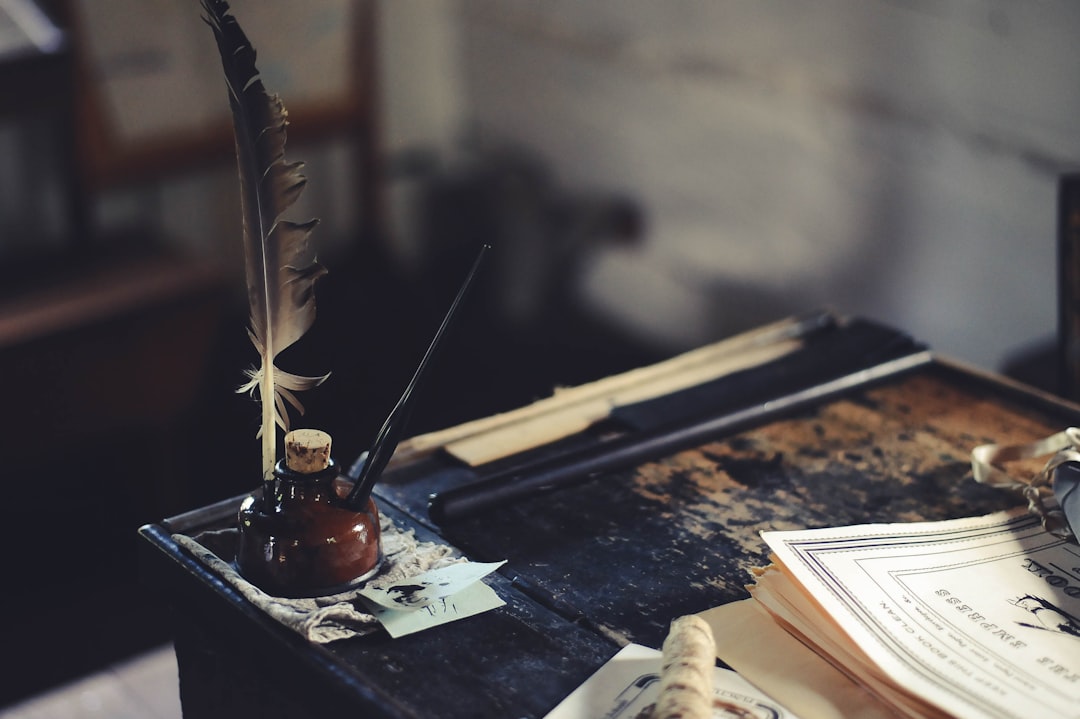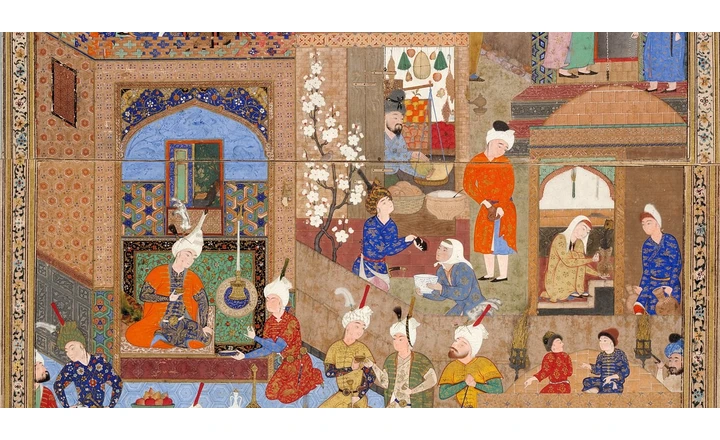Persian literature has long been celebrated for its lyrical beauty, philosophical depth, and spiritual richness. But while classical poets like Rumi, Hafez, and Ferdowsi continue to enchant readers worldwide, contemporary Iranian authors are redefining the literary landscape—often in bold, urgent, and deeply personal ways.
In recent decades, modern Iranian writers have grappled with themes of identity, exile, revolution, gender, censorship, and memory. Many have faced political pressures at home, leading some to write from abroad. Despite these challenges, or perhaps because of them, contemporary Iranian literature is vibrant, daring, and diverse—and increasingly accessible to English-speaking readers.
Here’s a guide to some of the most compelling Iranian authors writing today, whose works are available in English translation.
1. Shahrnush Parsipur
Notable Work: Women Without Men
Parsipur is a pioneering voice in feminist Iranian literature. Her novella Women Without Men (translated by Faridoun Farrokh) weaves the magical and the real to portray five women seeking liberation in 1950s Iran. Banned in Iran upon release, the book remains a haunting and poetic exploration of gender, solitude, and society. It was later adapted into a visually stunning film by artist Shirin Neshat.
2. Mahmoud Dowlatabadi
Notable Work: The Colonel
Translator: Tom Patterdale
Dowlatabadi, one of Iran’s most important modern novelists, writes with the gravitas of a literary elder. His novel The Colonel, smuggled out of Iran and published abroad, is a powerful, politically charged narrative about the Iranian Revolution and its tragic aftermath. Deeply psychological and dense with historical references, it’s a courageous critique of tyranny, regardless of ideology.
3. Azar Nafisi
Notable Work: Reading Lolita in Tehran
Part memoir, part literary manifesto, Nafisi’s Reading Lolita in Tehran became an international bestseller. In it, she recounts her years as a professor secretly teaching banned Western literature to a group of female students during post-revolutionary Iran. The book celebrates the transformative power of reading while offering a firsthand view of life under ideological oppression.
4. Marjane Satrapi
Notable Work: Persepolis
Satrapi’s groundbreaking graphic memoir Persepolis brought Iranian contemporary literature into classrooms and living rooms around the world. With stark black-and-white drawings, she narrates her childhood during the Islamic Revolution and her eventual exile. The book is at once humorous, heartbreaking, and accessible—a rare bridge between East and West through the language of comics.
5. Kader Abdolah (Iranian-Dutch author writing in Dutch, available in English)
Notable Work: The House of the Mosque
Born in Iran and exiled in the Netherlands, Abdolah blends fiction and history in The House of the Mosque. The novel spans decades of Iranian history through the lens of one family living in a grand house attached to a mosque. Its warm storytelling and nuanced depiction of change make it an intimate introduction to Iran’s complex modern journey.
6. Dalia Sofer
Notable Work: The Septembers of Shiraz
Born in Tehran and raised in the U.S., Sofer draws on her Jewish-Iranian background to tell the story of a family swept up in the turmoil of post-revolutionary Iran. The Septembers of Shiraz is a subtle, beautifully written novel about loss, resilience, and what it means to belong in a land that suddenly feels foreign.
7. Dina Nayeri
Notable Work: Refuge, The Ungrateful Refugee (nonfiction)
Nayeri, who fled Iran as a child and later became a refugee in the U.S., writes fiction and nonfiction that probe the refugee experience. Refuge explores the emotional rift between a daughter in exile and her father who stayed behind. Her memoir The Ungrateful Refugee challenges simplistic narratives about immigration and asks what hospitality really means.
8. Shokoofeh Azar
Notable Work: The Enlightenment of the Greengage Tree
Azar’s debut novel, longlisted for the Booker International Prize, blends Persian magical realism with the trauma of Iran’s 1979 Revolution. Narrated by the ghost of a young girl, the novel floats between myth and memory, loss and transcendence. Written originally in Farsi, it was translated into English by an anonymous translator for safety reasons.
9. Porochista Khakpour
Notable Work: Sons and Other Flammable Objects, Brown Album
Born in Tehran and raised in the U.S., Khakpour is known for her bold, stylistically inventive writing. Her debut novel, Sons and Other Flammable Objects, captures the disorientation of Iranian-American identity post-9/11. Her essays in Brown Album further explore themes of race, language, illness, and being caught between cultures.
10. Kaveh Akbar
Notable Work: Calling a Wolf a Wolf
Though primarily a poet, Kaveh Akbar’s impact on contemporary Iranian diasporic literature is profound. His work grapples with addiction, belief, longing, and displacement. Akbar’s command of language and vulnerability in exploring identity have earned him acclaim as one of the most vital poetic voices of his generation.
Why These Voices Matter
Contemporary Iranian writers—whether living in Tehran, Toronto, or Brooklyn—are reshaping the narrative of Iranian identity. Their stories complicate stereotypes, challenge political silences, and illuminate the human heart in all its contradictions.
In a time of cultural misunderstanding and geopolitical tension, literature offers a different kind of diplomacy. It invites us to listen, to feel, and to see Iran not as a monolith, but as a mosaic of lives, voices, and dreams.
Where to Begin?
If you're new to contemporary Iranian literature, here’s a quick starter list:
-
For memoir lovers: Reading Lolita in Tehran or Persepolis
-
For fiction fans: The Colonel, Refuge, or The Enlightenment of the Greengage Tree
-
For poetic souls: Calling a Wolf a Wolf or Women Without Men
-
For history through fiction: The House of the Mosque or The Septembers of Shiraz
Have you read any of these authors—or others writing in or about Iran today? Share your recommendations or reflections in the comments. Literature, after all, grows richer when it becomes a conversation.





